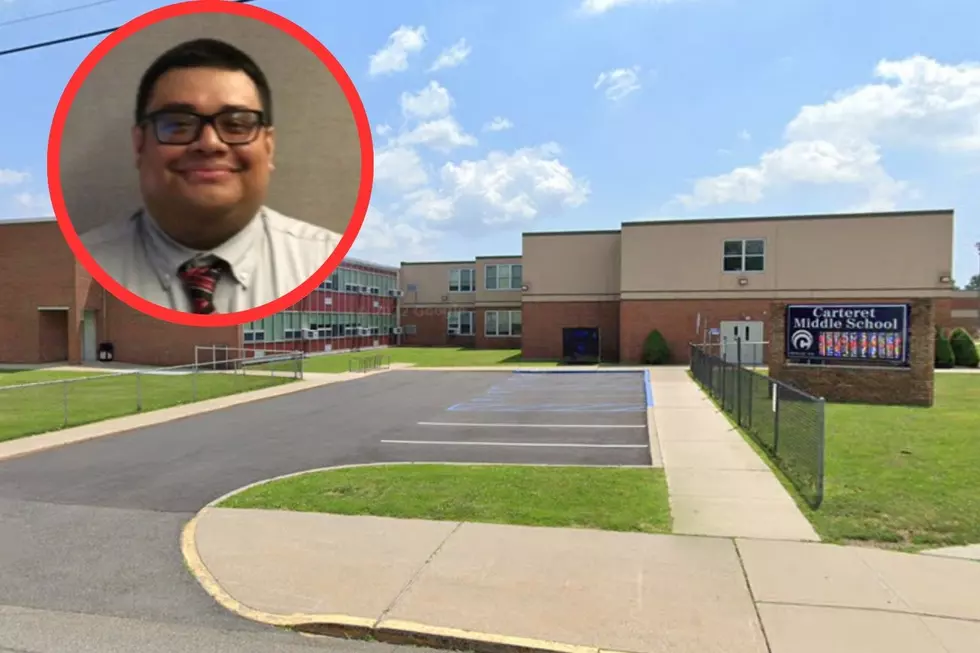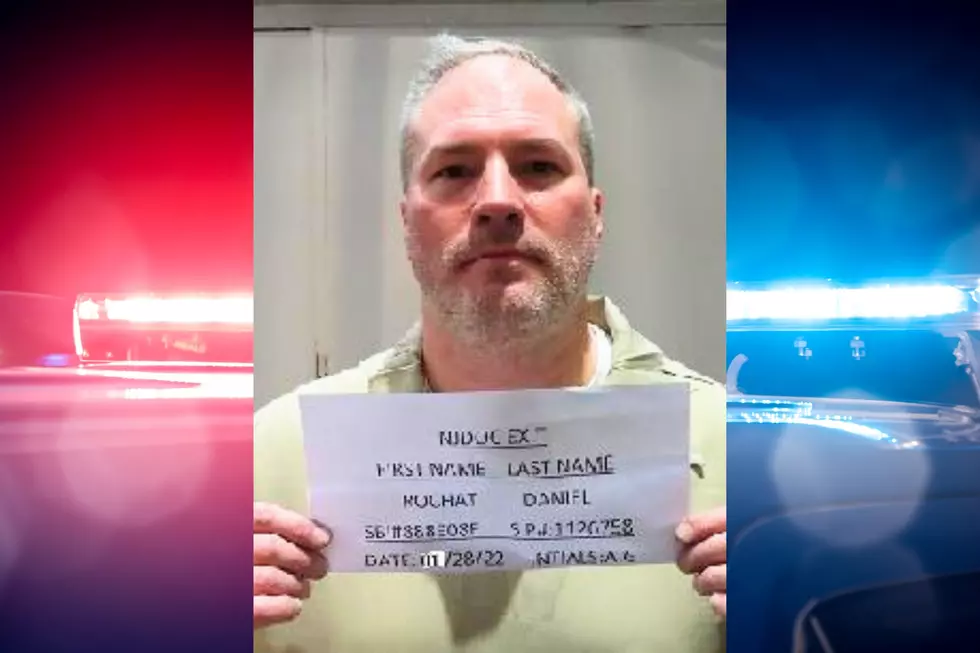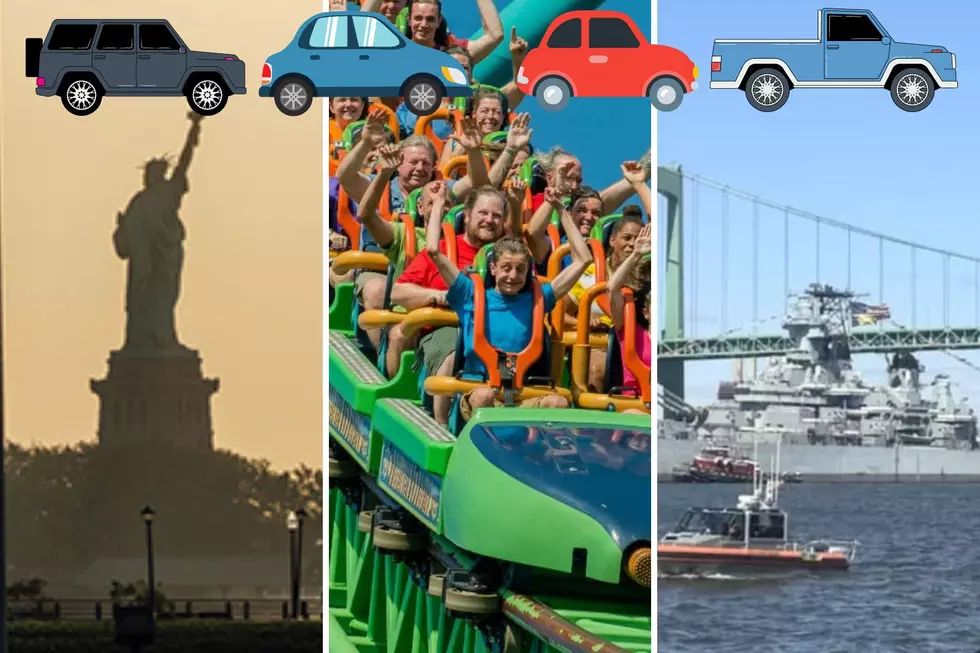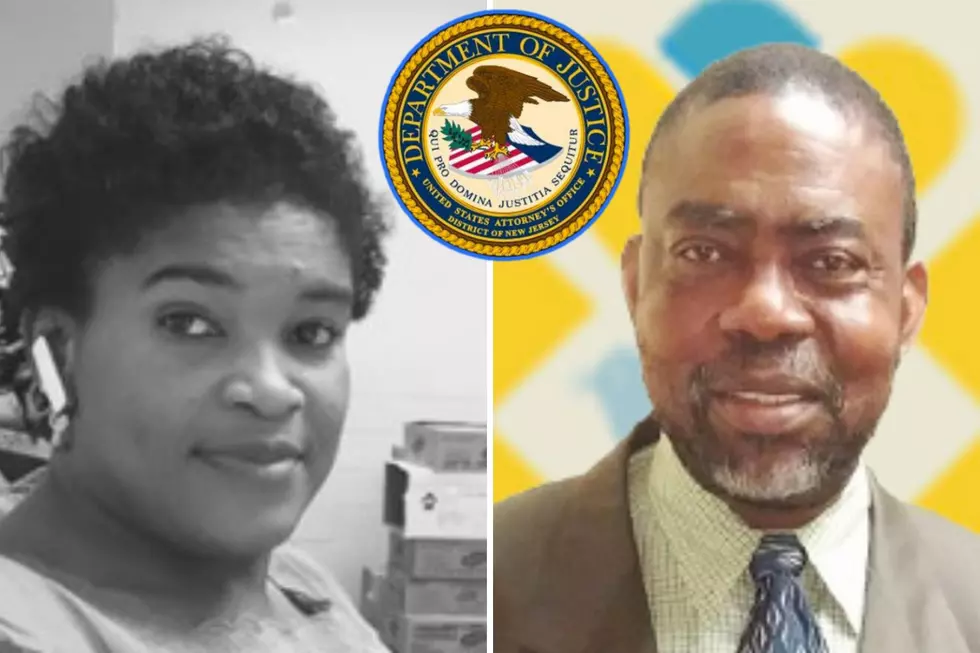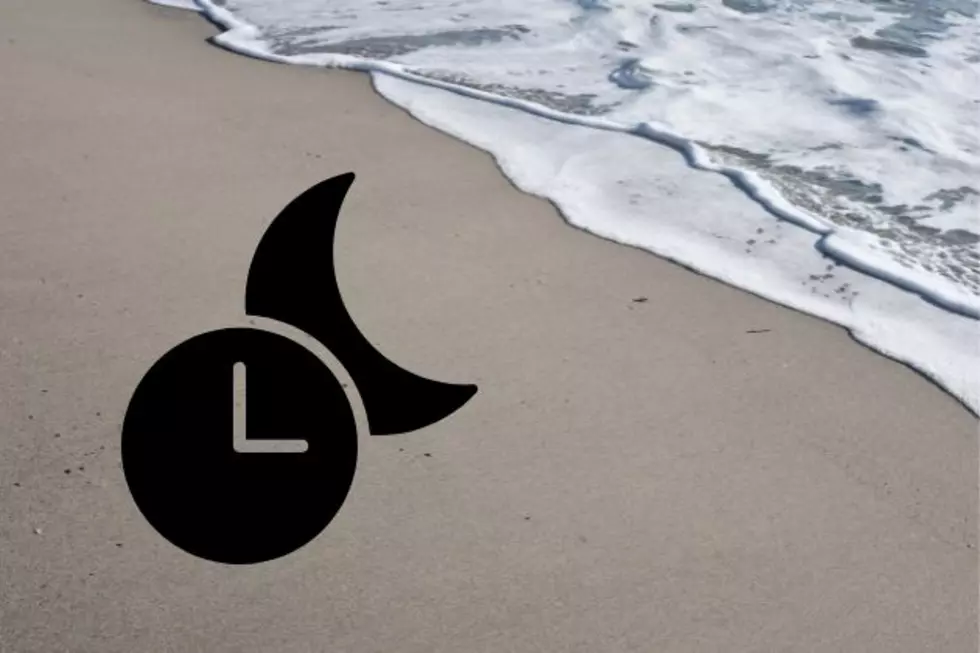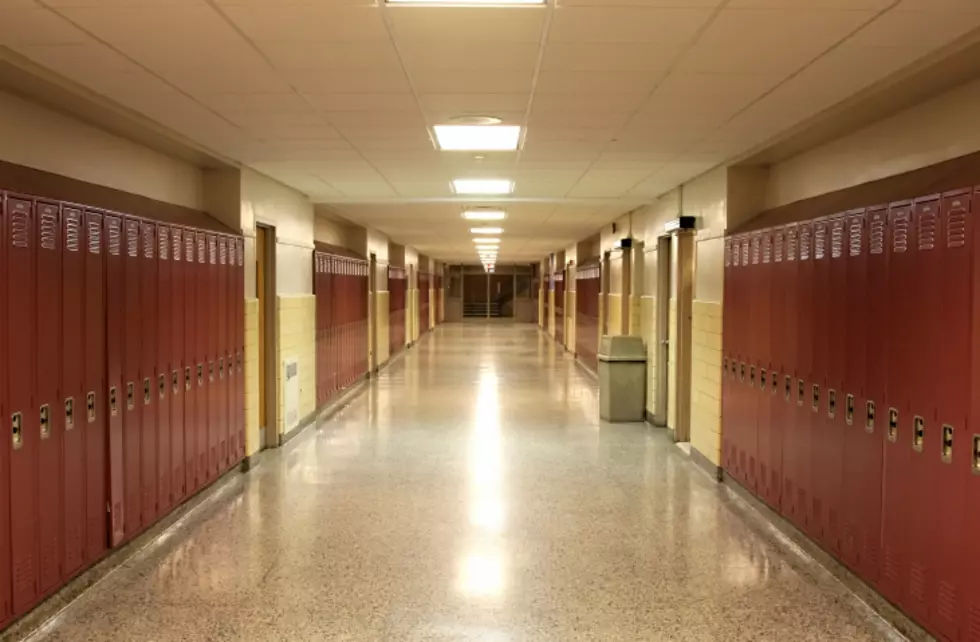
Mental health staff at parity in NJ schools, which isn’t all good
TRENTON – Black and Hispanic students in New Jersey schools have less access to mental health staff than they did a dozen years earlier, while access has improved for white and Asian students, according to a new report that notes the need is higher than ever in the pandemic’s aftermath.
Mark Weber – a teacher in Warren Township, lecturer at Rutgers University and special analyst for education policy at New Jersey Policy Perspective – called the findings “very discouraging” considering it’s happening in “the middle of an unprecedented crisis in mental health.”
“Over the past decade and a half, there’s been a sharp decrease in access to mental health support staff for students of color, but now students of color need those staff more than they ever have,” Weber said.
“For social workers, we seem to have seen some stability for students of color,” he said. “It’s really in nurses and in school counselors that we’ve seen the biggest declines.”
In one sense, access to mental health staff has leveled out across demographic groups.
In 2008, Black and Hispanic students had more access to mental health staff – with 10.3 staff for every 1,000 Black students and 9 for every 1,000 Hispanic students, compared with 7.4 for every 1,000 white students.
By 2020, those figures had changed to 8.5 staff for every 1,000 Black students, 8.4 for every 1,000 Hispanic students and 8.5 for every 1,000 white students.
But Weber cautions that parity shouldn’t be the goal when minority students are more likely to live in poverty and, as a result, have greater mental health needs.
“It’s very important that we take a look and make sure that the staff that supports student mental health is being deployed in a way that the students who need it the most are the ones who are getting the most help,” Weber said.

Weber said school districts have an opportunity to use some of their $4 billion in federal pandemic recovery funds on mental health programs and staff but that it’s a one-shot stream of funding that, while helpful, can’t be the long-term solution to the problem.
Michael Symons is the Statehouse bureau chief for New Jersey 101.5. You can reach him at michael.symons@townsquaremedia.com
Click here to contact an editor about feedback or a correction for this story.
See 20 Ways America Has Changed Since 9/11
Each State in America and Their Favorite Type of Cereal...
More From New Jersey 101.5 FM

